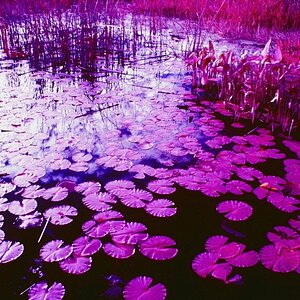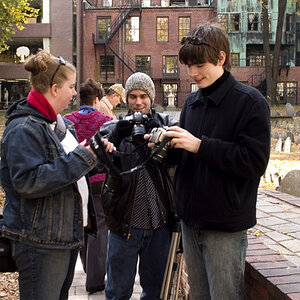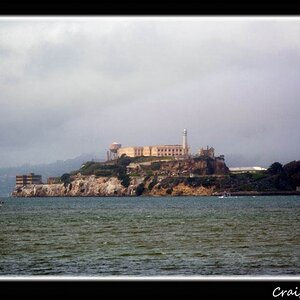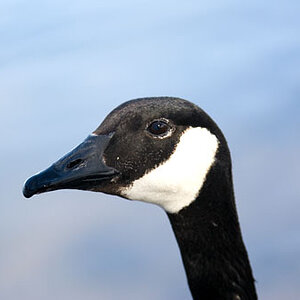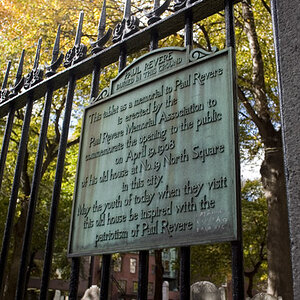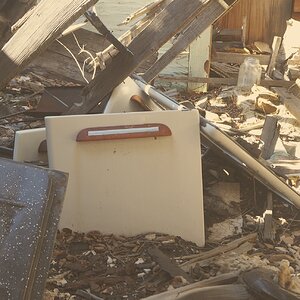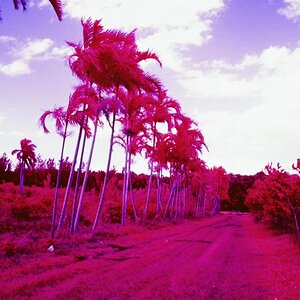Captain IK
TPF Noob!
- Joined
- Dec 5, 2008
- Messages
- 630
- Reaction score
- 0
- Location
- Windsor, ON. Canada
- Can others edit my Photos
- Photos OK to edit
I realize this may be a loaded question, but why do so many photogs consider a full frame sensor superior to a crop sensor?
Other than image size what's the difference?
The reason I'm asking...
I have a D90 with several DX lenses and a few full frame lenses. I want to buy some additional glass. If I buy DX lenses and then eventually switch to a full frame body...my DX lenses are garbage...but I had someone tell me that the DX lenses are better quality than the full frame lenses.
Your thoughts on this would be appreciated...
Thanks
Dave
Other than image size what's the difference?
The reason I'm asking...
I have a D90 with several DX lenses and a few full frame lenses. I want to buy some additional glass. If I buy DX lenses and then eventually switch to a full frame body...my DX lenses are garbage...but I had someone tell me that the DX lenses are better quality than the full frame lenses.
Your thoughts on this would be appreciated...
Thanks
Dave


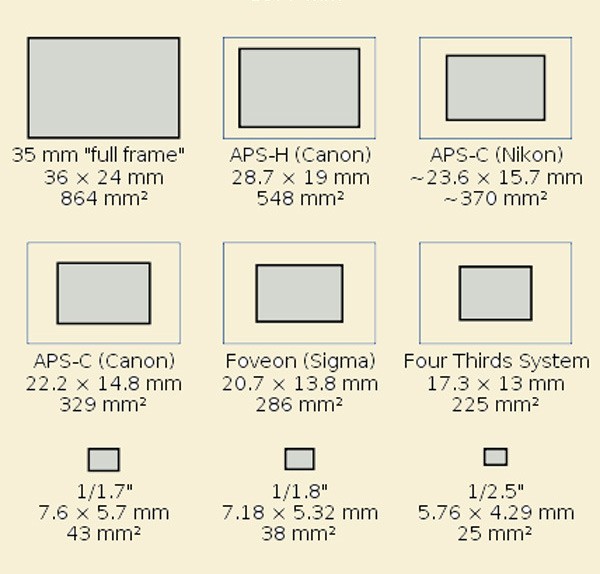
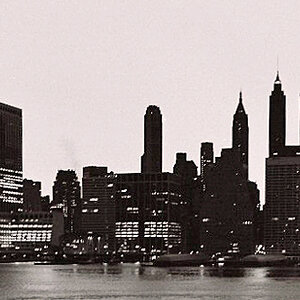

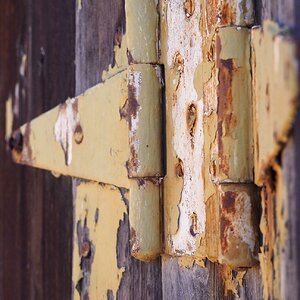
![[No title]](/data/xfmg/thumbnail/41/41781-7dcfd2ee71d4a453b4ad9fb5c7e723f1.jpg?1619739890)

